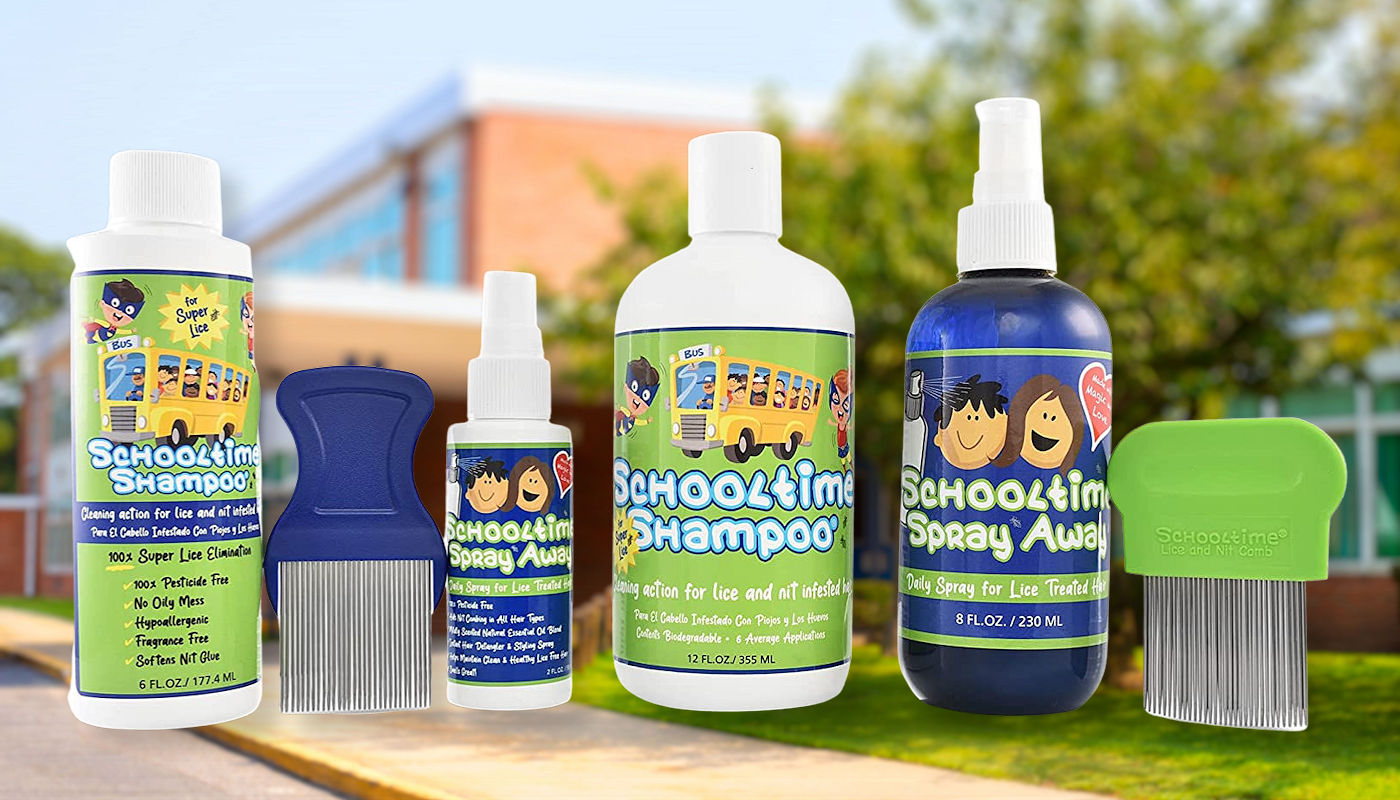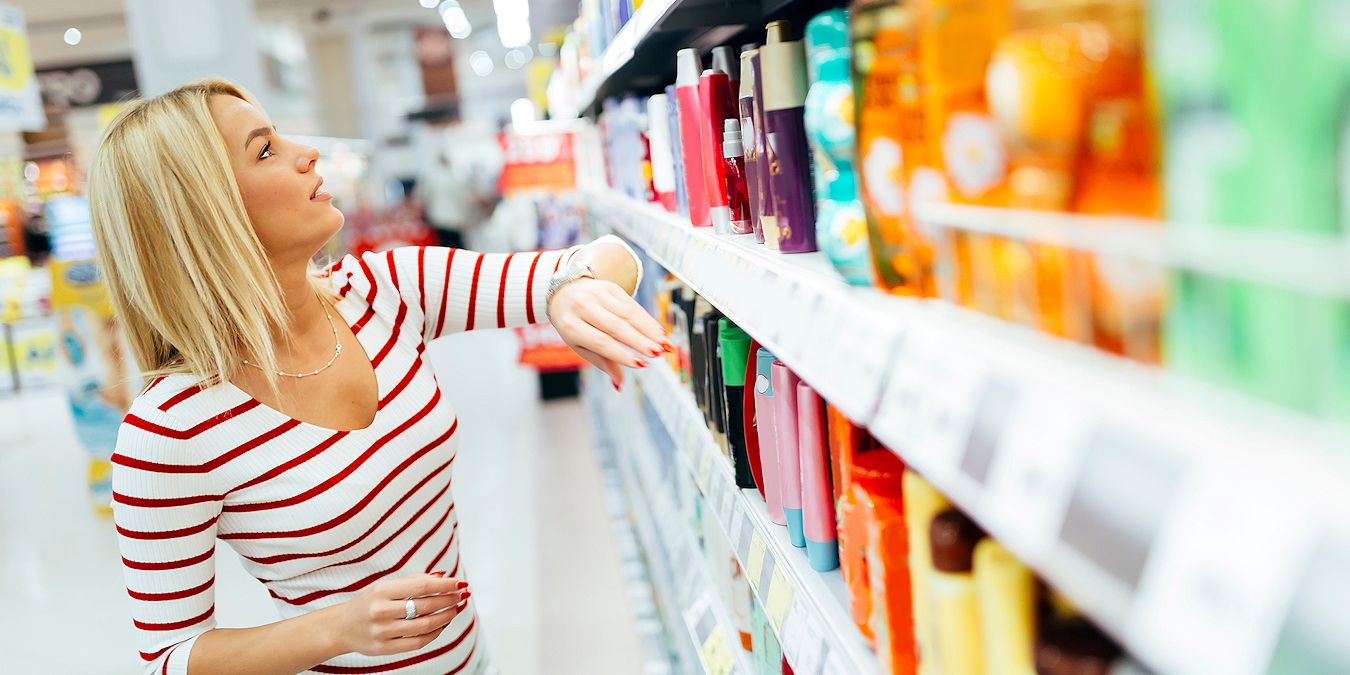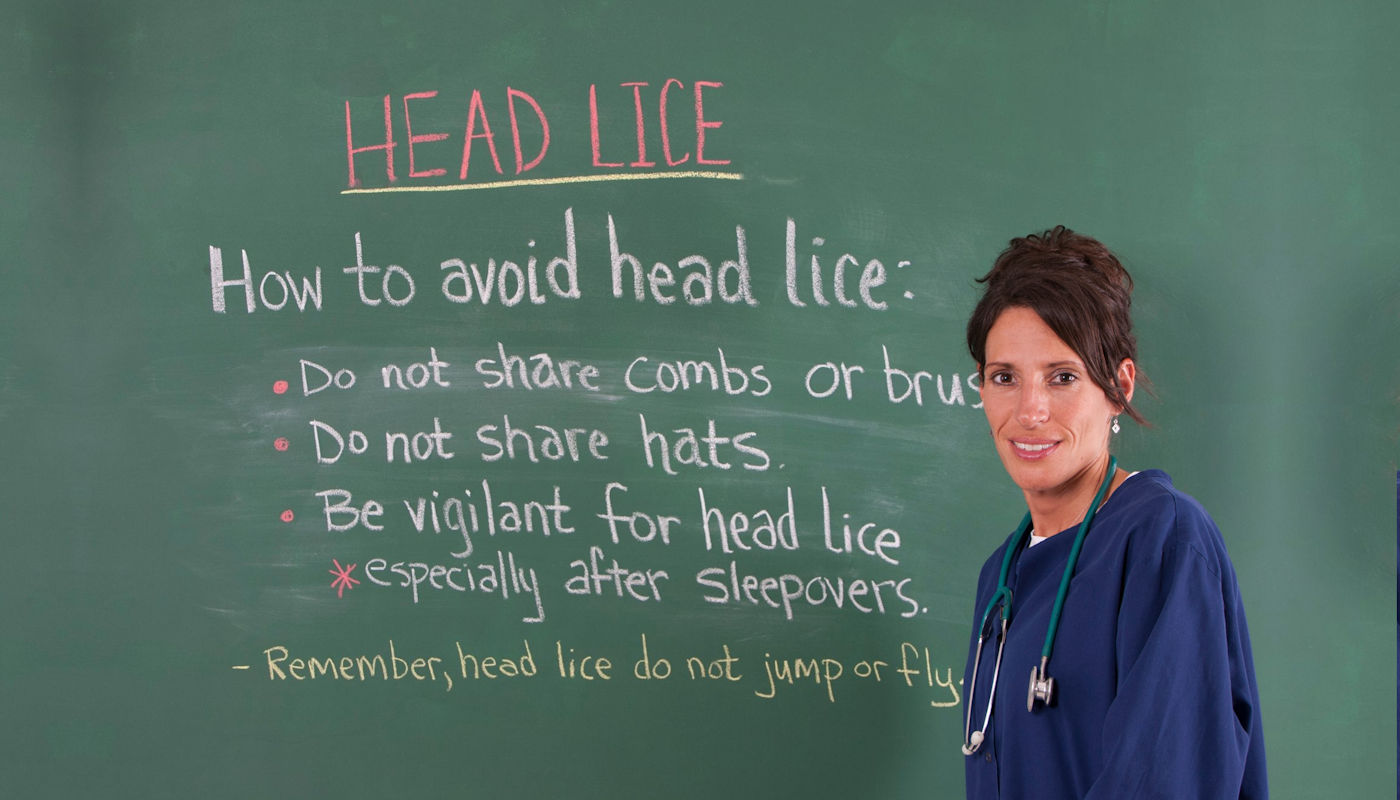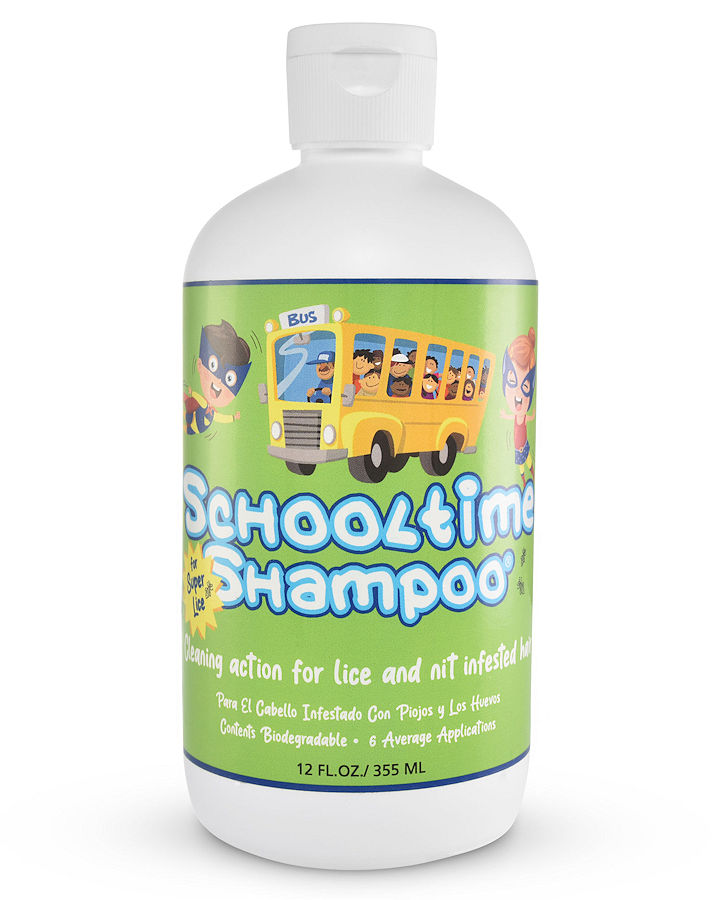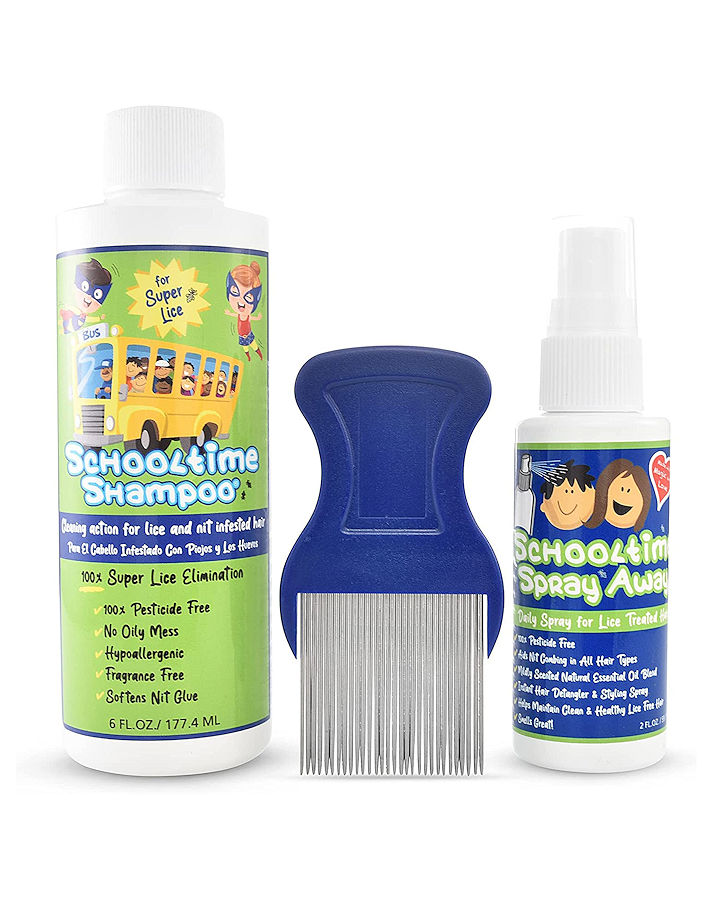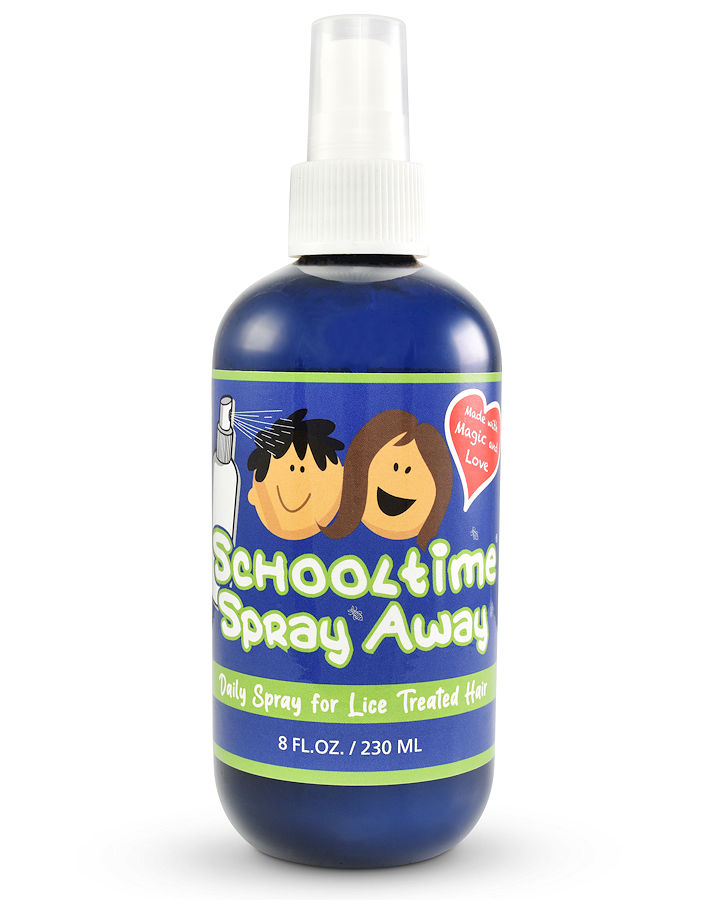

Breaking the Head Lice Life Cycle Infestation for a Family of Five
Steps to a Lice Free Home (Again)!
Breaking the Head Lice Life Cycle Infestation for a Family of Five
Steps to a Lice Free Home (Again)!
Head lice infestations require a plan to interrupt the head lice life cycle, something that can portend days of frustration and problems, especially for families with young children. While there certainly will be effort required to break this lice life cycle, understanding these pests and having an approach like that presented in this article, should reduce the stress level considerably.
These tiny parasites thrive on human blood and can spread rapidly through close contact and shared personal items. For a family of five, including two parents and three children aged 3, 8, and 16, breaking the cycle of head lice infestation requires a comprehensive and coordinated approach. Understanding the life cycle of head lice and implementing effective treatment and prevention strategies are essential to ensure that every family member is lice-free and to prevent reinfestation. In this article, we will explore the unique challenges faced by each family member, the steps to eliminate head lice, and the best practices for maintaining a lice-free home. By following these guidelines, families can successfully break the cycle of head lice infestation and enjoy peace of mind. This ‘model’ family of five should provide ideas that you can modify to suit your specific needs.
Life Cycle of Head Lice
The life cycle of head lice consists of three stages: egg (nit), nymph, and adult [4][5].
Click above image to enlarge.
Photo Credit: Pediculus_humanus_development_numbered.png: *Pediculus_humanus_development.jpg: CDCderivative work: B kimmel (talk)derivative work: B kimmel, Public domain, via Wikimedia Commons
Egg (Nit):
Nymph:
Adult:
Cycle of Infestation for a Family
For a family of 2 parents and 3 children (ages 3, 8, and 16), the cycle of infestation can spread quickly due to close contact and shared items.
Steps to Eliminate Head Lice

FOR YOUNG CHILDREN:
TEENS & ADULTS:

Head Lice Preventative Method
Schooltime® Patented Coconut Derived Emulsion: Works by suffocating or immobilizing lice. Non-toxic, hypoallergenic, pesticide free.
Family Shampoo: After hair is cleared of lice, clinical studies have shown using Schooltime lice shampoo at least 2 X per week on wet hair as a regular family shampoo (thoroughly lather into wet hair for 5 minutes and rinse) would help prevent re-infestation during times of high exposure. If desired, this can be followed by use of a favorite hair conditioner or other cosmetics.
Ensuring the Home is Lice-Free
Head lice cannot survive long once separated from the human scalp. They require frequent blood meals—typically every 4 to 6 hours—and a warm environment close to the skin to stay alive. According to the Centers for Disease Control and Prevention (CDC), lice usually die within 24 to 48 hours after falling off a host. This means that while lice can briefly survive on items like bedding, towels, hats, pillows, or plush toys, they do not linger for days waiting to reattach to a new head. Thorough cleaning—such as washing items in hot water, drying on high heat, or vacuuming—is usually sufficient. Once the lice are off the host and the environment cleaned, the infestation cycle is broken. At that point, it’s simply a matter of routine housekeeping, not ongoing transmission risk.

Cleaning Personal Items:
Cleaning the Home:

Preventing Reinfestation:
By following these steps, you can effectively break the life cycle of head lice and ensure your home and family are lice-free.
Resources
What Schooltime® Customers Say

J. Mayfield
“I was tired of using harsh lice shampoos on my daughter, especially since they did not work. Schooltime Shampoo® got rid of the lice and was gentle to use.”
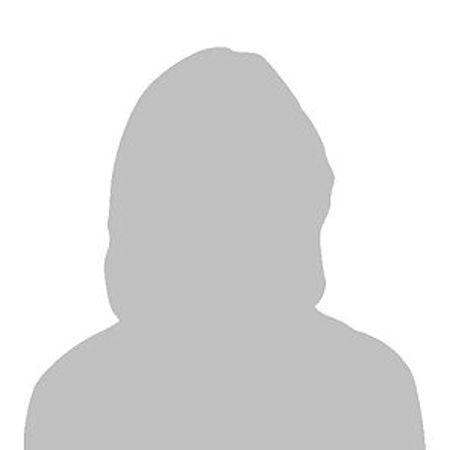
N. Paul
“My three year old daughter recently changed daycares, and one of the first things she came home with was headlice. I had the opportunity to use your product and truly believe that it is wonderful.”

T. Gullett
“I was very impressed with the shampoo. It contained no harmful chemicals, yet it rid two of my student’s hair of lice and left the hair soft, shiny and healthy looking.”


